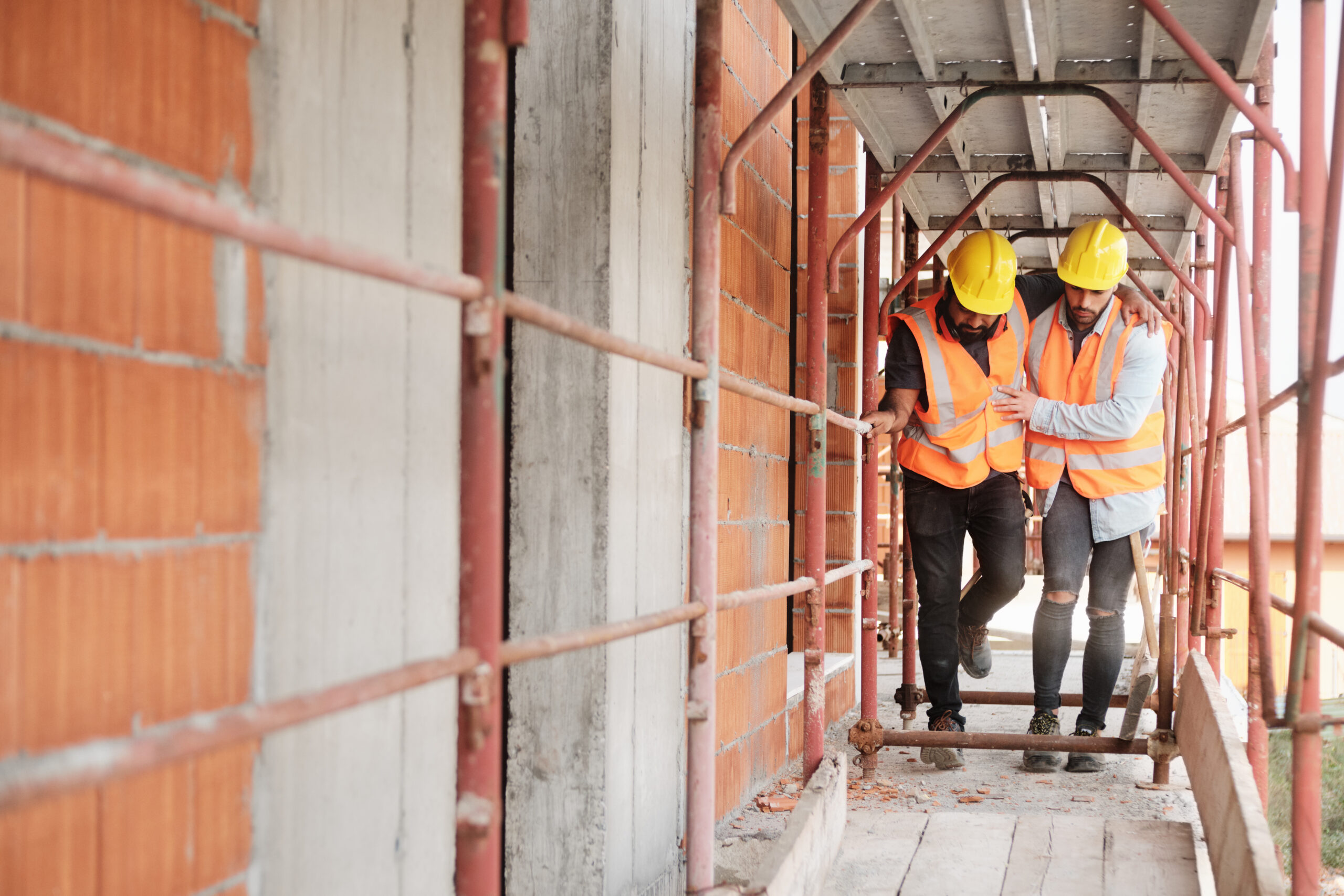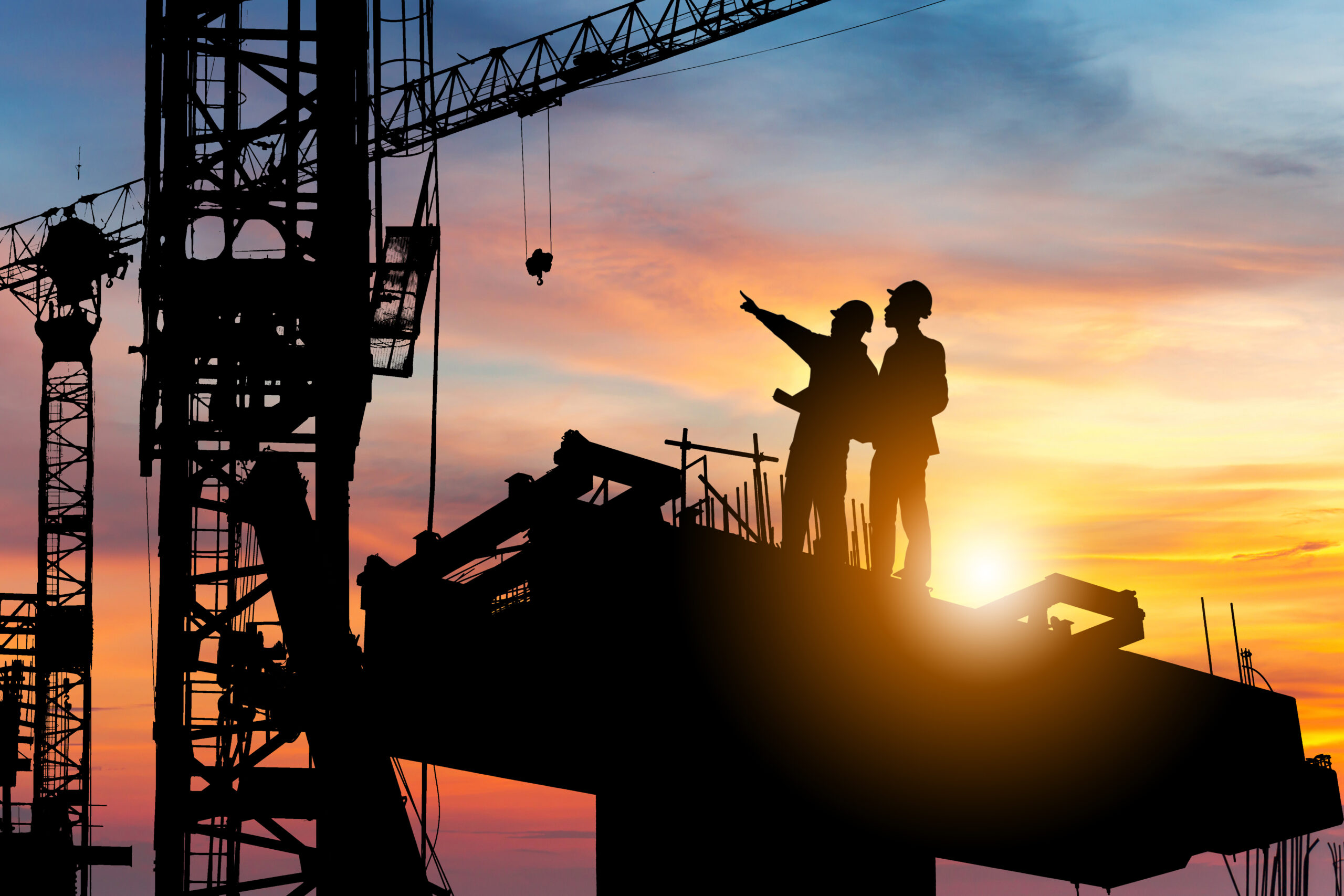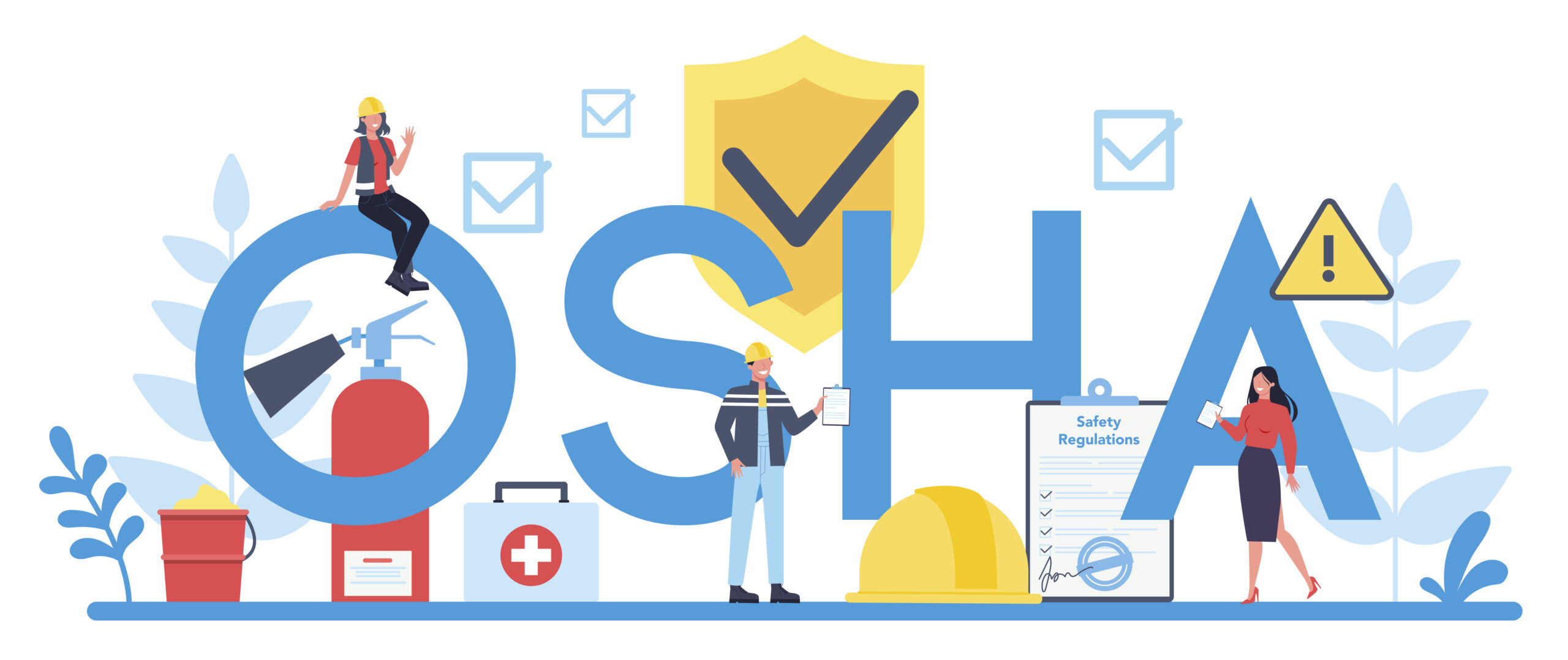The construction industry plays a vital role in California’s economy. It brought in around $107 billion in 2020 alone – meaning construction workers produce roughly $1 out of every $25 earnings statewide. It’s also one of the most dangerous industries for employees – approximately 1 in 5 worker deaths nationwide occur in construction. But who’s liable for construction injuries?
In today’s blog, we cover the most common types of construction injuries, who’s liable for injuries in or around construction zones, and how you can pursue compensation if you get injured on the job.
The Most Common Types of Construction Injuries
According to the Census of Fatal Occupation Injuries, construction workers have a 75% likelihood of experiencing a disabling injury over a 45-year career, and a 1 in 200 chance of being fatally injured.
Some of the most common types of construction injuries include:
- Slip and falls. Construction zones regularly have uneven footing or spills onsite, which can easily lead to bad falls. Inadequate safety gear or signage (more on that later) can also contribute to the severity of slip and fall accidents. Falls make up around 35% of all construction fatalities.
- Electrocution. Loose wires are common on sites, so workers have a higher chance of electrocuting themselves.
- Machinery accidents. Construction often involves the use of dangerous heavy machinery, such as jackhammers, welding tools, nail guns, bandsaws, etc. A single slip or mistake can be costly.
- Falling debris or other objects. Debris can fall onto workers from ledges or get tossed up by machinery, so debris injuries are common on construction sites.
- Repetitive motion and long-term injuries. Using machinery for long periods of time can eventually result in back or wrist injuries. Additionally, various hazards on construction sites – such as silica dust – can cause long-term damage to organs, particularly the respiratory system.
Some of the most common types of injuries sustained by construction workers include:
- Broken bones;
- Back, wrist, neck, and brain injuries;
- Burns;
- Chemical exposure injuries;
- Eye and vision damage.
If you’re injured onsite, knowing who’s liable for your injuries – and how to seek compensation – is crucial.

Are Property Owners Liable for Construction Injuries?
It depends on which party’s negligence caused the injury. In most construction accidents, the worker’s employer is liable for injuries – but that’s not always true.
Different parties that may be held liable for construction injuries include:
- The employer. As we mentioned earlier, employers are usually liable for injuries their workers suffer in or around a construction zone.
- Other employees. If another employee injures you on a job site, they may be liable. However, it’s more likely that your employer (or theirs, if they work for a different organization) is liable for the injury, since employers are often liable for employee actions.
- The property owner. If a property owner fails to notify the contractor of a hazard onsite, such as a gas leak or exposed wiring, and that hazard injures a worker, the property owner may be partially or fully liable.
- Other employers or subcontractors. If another business on the same project causes an injury, that party may be responsible for compensating the injured parties.
- Manufacturers. If a defective product or machine injures you, the manufacturer of that tool or equipment may be liable.
It’s important to note that in many cases, you can’t file a lawsuit against your employer for a job-related injury – you need to go through workers’ compensation instead. A personal injury or workers’ compensation attorney can help you identify who’s liable for your injury and help you seek compensation from the correct party.
Who Pays for My Hospital Bills?
If you get injured on the job, your employer is required by law to pay for workers’ compensation benefits. Those benefits should include covering your hospital bills. Illegal immigrants, independent contractors, and part-time or temporary workers may also be covered under workers’ compensation in certain situations. You should speak with a workers’ compensation attorney to determine whether you’re eligible for workers’ compensation.

How Do I File a Workers’ Compensation Claim?
If you get hurt on the job, you should file for workers’ compensation. Within one working day of your injury, your employer should provide you with a Workers’ Compensation Claim Form (DWC 1). If they do not, request one from them. If your employer refuses to issue you a DWC1 form, you can find one below, but you may also wish to file a complaint with the California Division of Workers’ Compensation (DWC).
After filling out the DWC 1 (always read the fine print), you need to file for workers’ compensation. To do so, simply return the form to your employer or mail it to them using first-class or certified mail. If you mail your DWC 1, buy a return receipt – it can act as evidence and help extend your deadline if the form gets lost in the mail, or hold your employer accountable if they claim to not have received it.
After filing your claim, seek medical care. Your employer will give the completed DWC 1 to a claims administrator, who will then decide whether to accept or deny your workers’ compensation claim.
What Types of Workers’ Compensation Benefits Can I Get in California?
Workers’ compensation benefits for injured workers include:
- Medical care. Your medical care, paid for by your employer, may include doctor visits, treatment services, medicines, equipment, and travel costs.
- Temporary and permanent disability benefits. If your job injury results in a disability, you will be compensated for lost wages.
- Supplemental job displacement benefits. If an injury permanently disables you and your employer can’t offer you another position, you may receive a voucher to help you find work elsewhere.
In addition to workers’ compensation, injured workers can also receive the following benefits:
- State disability insurance (SDI) or unemployment insurance (UI). If a workers’ compensation claim gets denied, the Employment Development Department (EDD) may supply SDI or UI to help an injured worker recover.
- Social Security disability benefits (if an injury totally disables a worker).
- Employer-provided benefits, such as sick leave, provided health insurance, salary continuation plans, etc.
Additionally, if a party other than your employer (such as a property owner, another employer, or a defective product) caused your injury, you could receive compensation by filing a personal injury lawsuit against the party in question.
What If My Workers’ Compensation Claim Gets Denied?
If a claims administrator denies you workers’ compensation and you believe they made a mistake or error, you can object to the denial of your claim.
To object, you’ll need to file a case at a DWC office near you. This involves filling out and filing an Application for Adjudication of Claim form. Afterwards, the DWC office – which also serves as a trial court – will schedule a hearing.
GET YOUR APPLICATION FOR ADJUDICATION OF CLAIM FORM HERE.
At the hearing, you and your claims administrator or their attorney will present your cases to a judge. After hearing from both parties, the judge will try and negotiate a settlement.
If you fail to reach a settlement, your case may progress to a trial held before another judge. That judge may then rule on whether you should receive workers’ compensation, allowing you to either get the compensation you deserve or apply for reconsideration (if the claims administrator opposes the judge’s ruling).

What If My Construction Site Didn’t Have Proper Safety Signage?
Employers have a legal responsibility to ensure the safety of their workers. As part of that duty of care, employers should display various safety signs onsite that alert employees to dangers and help them take the proper safety measures.
According to the Occupational Safety and Health Administration (OSHA), signs should fall under one of three categories:
- Danger. Danger signs should designate serious hazards. The word “DANGER” should be printed on the sign over a red background to ensure employees understand the severity of the hazard.
- Warning. Warning signs should denote hazards that could result in death or a serious injury, but are less dangerous than hazards that warrant a danger sign. Like danger signs, “WARNING” should be printed on the sign, but over orange instead of red.
- Caution. Cautions signs are used for the least serious hazards. The word “CAUTION” should be printed over yellow on the sign.
According to OSHA guidelines, employes should use labels, tags, and signs:
“as a means to prevent accidental injury or illness to employees who are exposed to hazardous or potentially hazardous conditions, equipment or operations which are out of the ordinary, unexpected or not readily apparent. Tags shall be used until such time as the identified hazard is eliminated or the hazardous operation is completed.”
If your employer fails to provide adequate labels, tags, or safety signage onsite, you can file a claim with OSHA against your employer. In California, this involves calling the Cal/OSHA office.
LEARN MORE ABOUT FILING A CLAIM WITH CAL/OSHA.
Who Is Liable If Someone Gets Injured By Debris Outside of a Construction Site?
In most cases, employers are liable for actions employees take on a construction site. However, certain exceptions may occur for independent contractors, or depending on the actions an employee took to injure another party.
Typically, the employer onsite is liable if a civilian is injured by debris on or around a construction site. To gain compensation, the individual can file a personal injury suit against the employer.
Attorneys Protecting Employee Rights
At Wilshire Law Firm, we stand up for employees who suffer from injuries and labor law violations. We’ve recovered over $1 BILLION for clients, helping those in need fight back against greedy insurance providers and corporations, taking them to task for illegal activities.
To schedule a FREE, DISCREET consultation with our team, contact us online or give us a call at (800) 501-3011.











